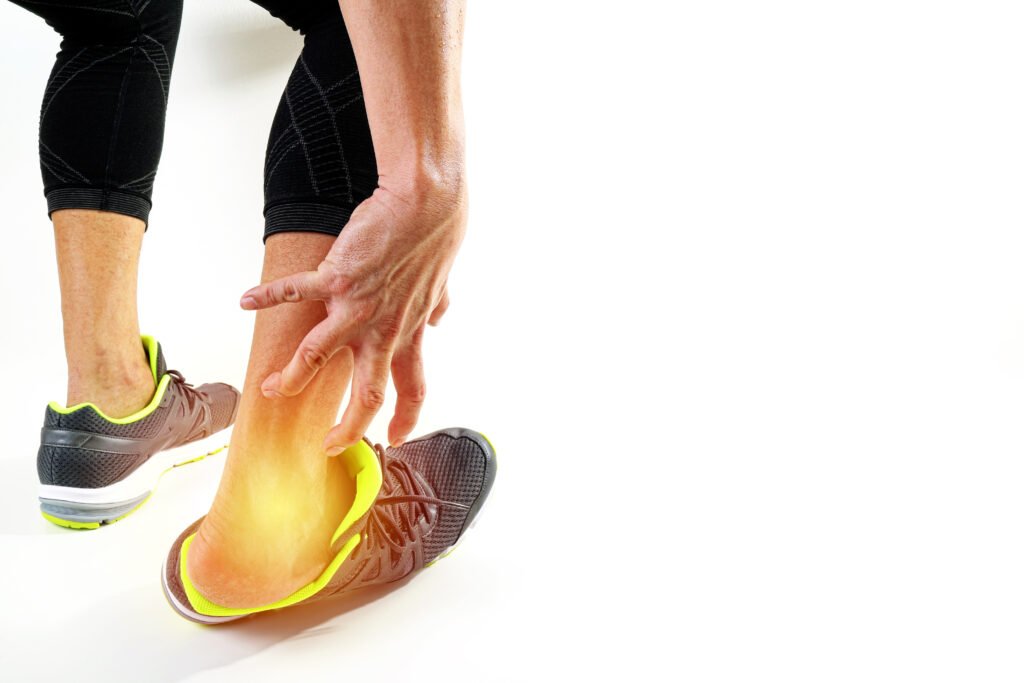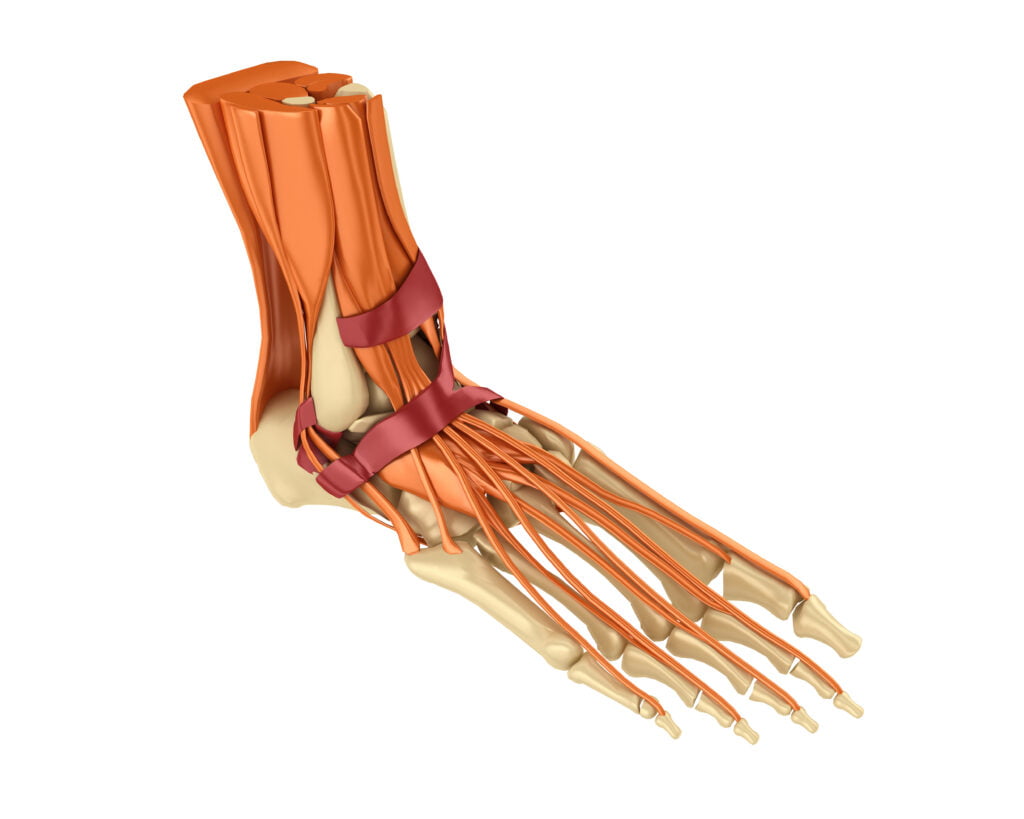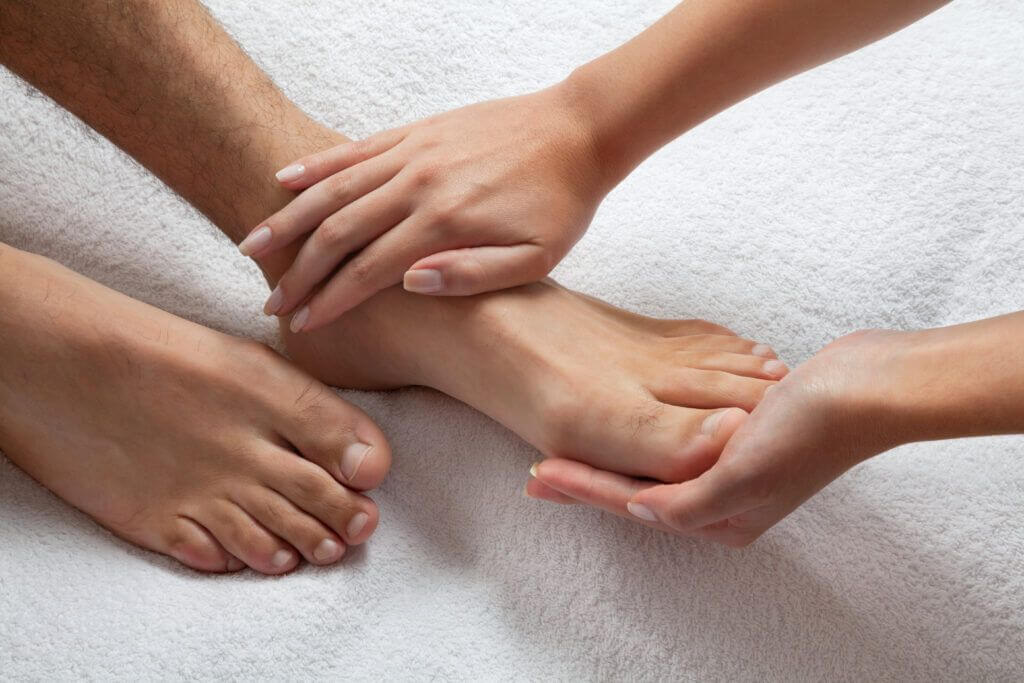Hypermobile Joints
Hypermobile Joints, also known as being 'double jointed,' or Ligamentous Laxity
Ligaments are short bands of tough and flexible connective tissue which connect bones together at the joints. Approximately 5% of the population may experience ligamentous laxity, which is when the ligaments are more stretchy than normal and the joints become loose or hypermobile.
In the foot, this can cause stability and alignment issues, since these joints deal with high loads of body weight and are mostly held together by ligaments. Ligamentous laxity can lead to flexible flat feet, ankle sprains, and instability. It can also make managing other unrelated conditions more challenging.
What is the cause?
Every individual is different, but loose joints or hypermobility tends to run in families. Occasionally medical conditions may lead to hypermobility, however generalised loose joints may be caused by hereditary conditions such as:
- Marfan syndrome (defective connective tissue)
- Ehlers-Danlos syndrome (defective collagen creation)
- Osteogenesis imperfect (lack of collagen)
- Down’s syndrome (altered muscle tone)
Outside of genetic components, ligaments that are repeatedly injured may become or remain loose.


How do I know if I have it?
Loose joints in your feet most often present as flat feet, frequent ankle sprains, or recurring joint dislocations.
Ligamentous laxity can also make you susceptible to injuries in the knees, hips, and lower back, as well as joint and overuse injuries of the tendons and ligaments.
At Waikato Podiatry, we can assess you or your child to determine whether you have hypermobility or how flexible the joints are. We use the Beighton & Horan scale, which allows us to classify and objectify hypermobility.
Pain from ligament laxity
Pain can be the result of loose joints moving too much, and wearing the joints' surfaces. It can also place a lot of load on muscles and tendons to stabilise the joints, and may cause overuse of these.
Long-term solution
As with most conditions, getting the correct diagnosis in the first place is so important.
Strength and posture are important to help promote good joint alignment and a stable platform for your body to function on. After discussing your goals with your Podiatrist, a strengthening exercise regime can be arranged to your specific situation. This is important to help prevent ongoing pain and injury. Braces and splints can also be used, but are usually only a short-term measure.
Footwear recommendations could help support long term management. We also prescribe arch supports and orthoses which complement the shoes to help support the feet. These are your foundations for preventing injuries to other major joints in the body such as the knees and hips.
Over the counter insoles can help some people, but bear in mind you may not have over the counter feet. Orthotics are used to stabilise the loose joints by reducing the amount of movement. Your Podiatrist can prescribe bespoke orthotics to suit your individual needs.

Everything works better when it is in the right place. This includes bones and joints, and with ligament laxity, keeping things in the right place can be more challenging.
Still in pain?
Are you feeling like you have tried everything but are still in pain?
Do you feel like you have seen every health practitioner you can about your loose joint pain?
We have a track record of diagnosing and successfully treating cases that have previously proven difficult to resolve and we'd love to help you get back on your feet doing what you love.
Providing the people of Waikato with a centre of podiatry excellence
Contact Waikato Podiatry Clinic now to make an appointment!
10 Pembroke Street, Hamilton 93a Thomas Road, Rototuna
